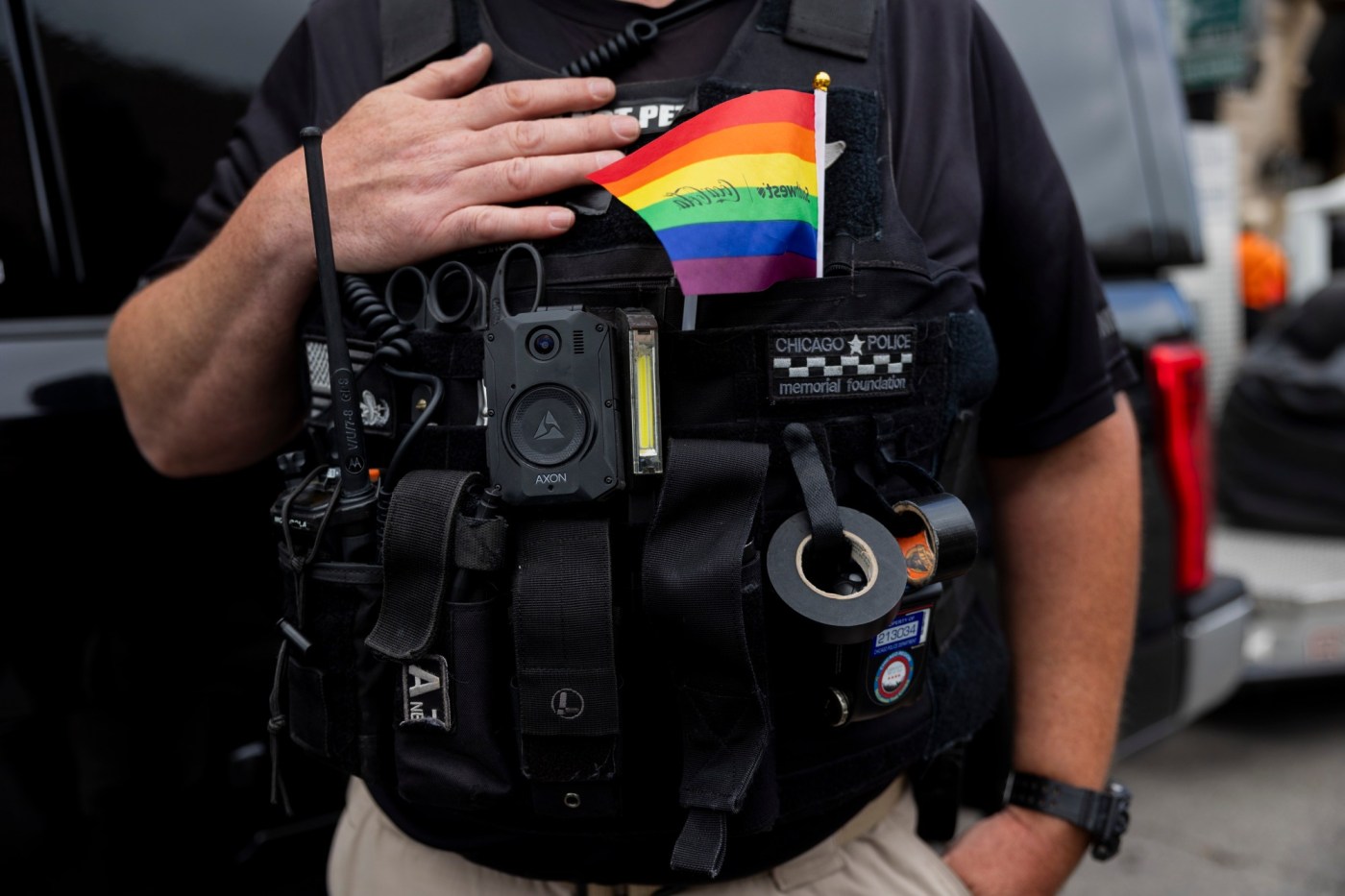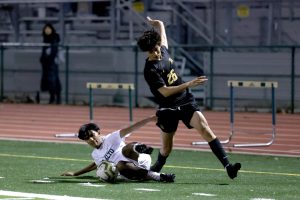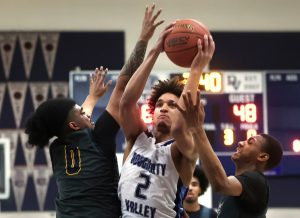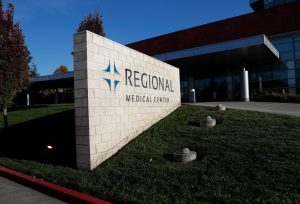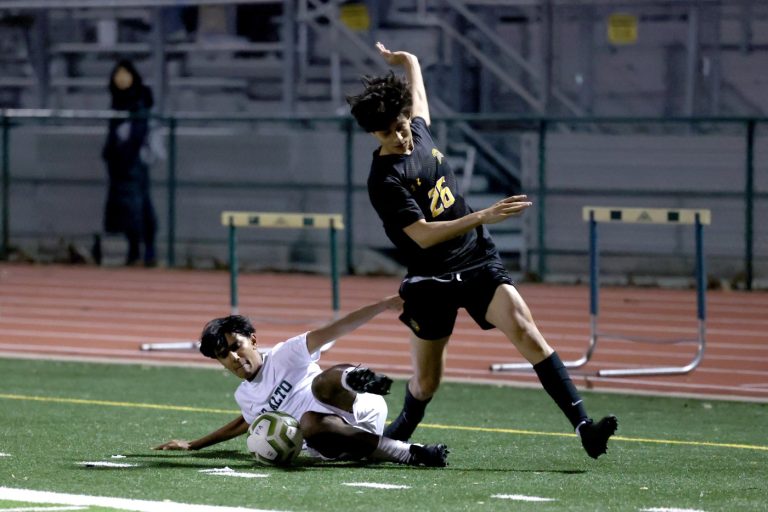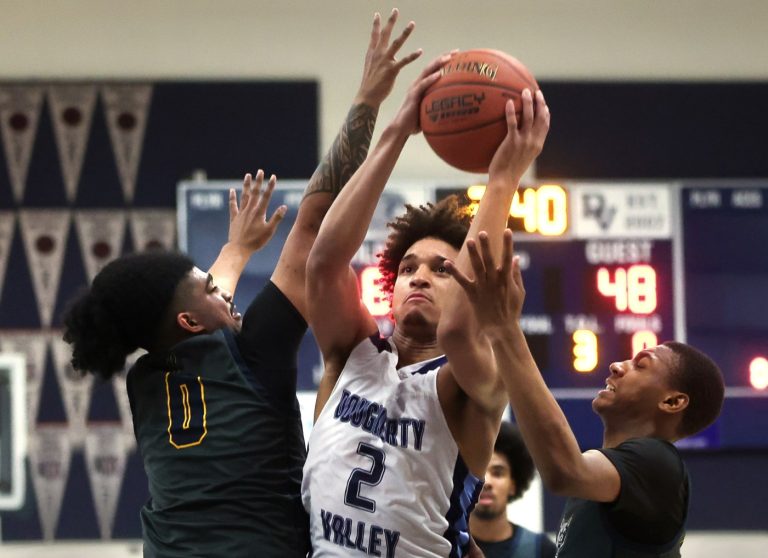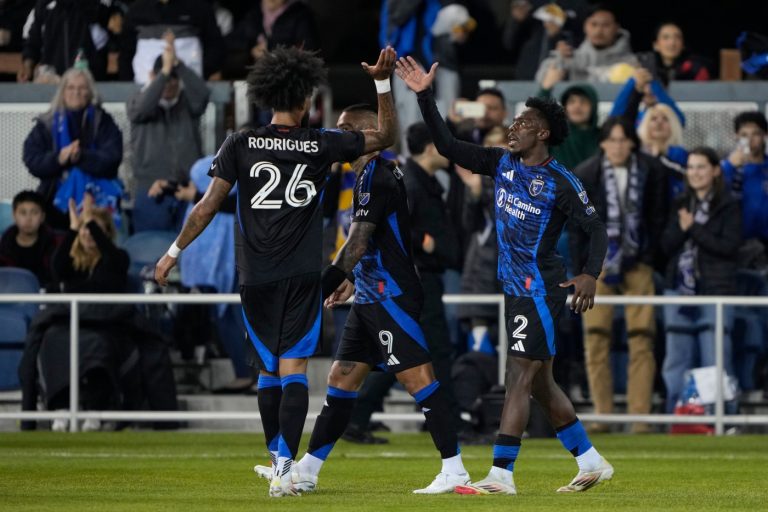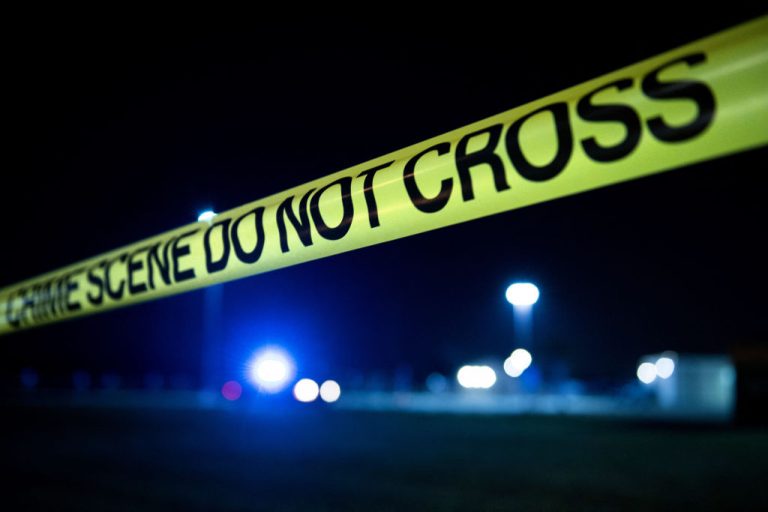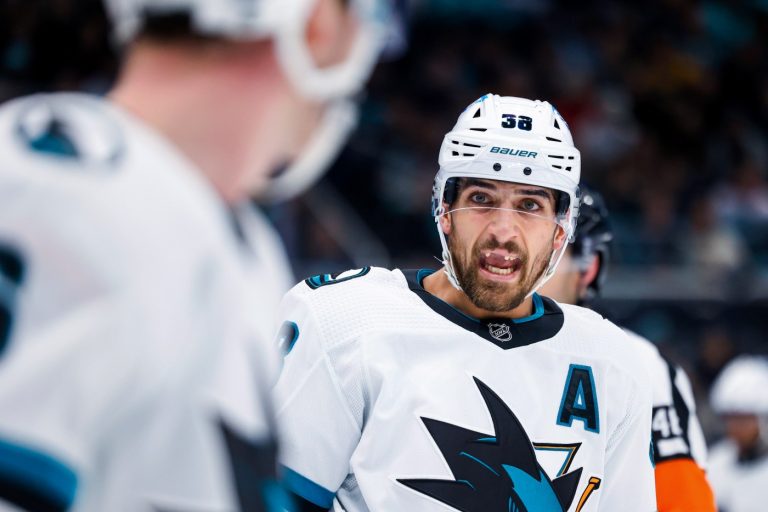With the Democratic National Convention about a month away, the chief judge of Chicago’s federal court has called for greater clarity in the Chicago Police Department’s policy dictating when officers may deactivate their body-worn cameras.
But the order issued this month by Chief Judge Rebecca Pallmeyer gives the city and CPD until Aug. 30 — more than a week after the conclusion of the DNC — to provide a new draft of the policy to the Illinois attorney general’s office and the independent monitoring team that assesses consent-decree compliance.
Since the consent decree was entered in early 2019, the independent monitoring team led by former federal prosecutor Maggie Hickey has repeatedly urged CPD to bolster its records collection, retention and analysis practices. Officers activating their body-worn cameras in a timely manner has remained a major challenge for the department, too, which could come into play as the department handles expected protests at the convention.
The potential role of body-cam footage was underscored Tuesday when a man believed to be homeless and brandishing a knife was fatally shot by police about a mile from the security perimeter at the Republican National Convention in Milwaukee. Video and images of that police exchange were quickly released to the public.
Last month during a media demonstration of CPD training exercises, Superintendent Larry Snelling said every officer assigned to the DNC will be equipped with a body-worn camera. While the city’s Office of Inspector General recently raised concerns about the department’s preparedness for potential unrest during the convention, Snelling has repeatedly stressed the rigors of mandatory training courses for those officers assigned and their readiness.
“We will not allow people to come here and destroy our city,” Snelling previously told the Tribune. “We’re ready. We’re prepared to deal with whatever comes our way. But we would love for everything to end peacefully. Do we expect that that’s going to happen? No. That’s our wish.”
A spokesperson for CPD declined to comment while the department crafts the draft policy on body cameras. By rule in Chicago, body-worn camera footage is released 60 days after any police shooting unless a judge orders otherwise.
The Milwaukee shooting was carried out by police from Columbus, Ohio, who were assisting with security, and was not believed to be directly related to the RNC. No out-of-state police are expected to assist CPD with security, though other departments from Illinois are expected to lend resources.
Pallmeyer’s July 1 clarification order was prompted by a dispute over statute language between attorneys for the city and Illinois attorney general’s office, which brought a federal lawsuit against the city in 2017 that ultimately led to the creation of the consent decree.
OAG attorneys have argued that, in the wake of a police shooting, officers must be required to keep their body-worn cameras activated while answering preliminary questions from police supervisors because they are in the midst of a “public safety investigation.”
Attorneys for the city, meanwhile, say that those questions are not part of an “investigation,” but instead are used to determine if a given area is safe for police officers and residents. The city has further argued that requiring the cameras to stay on would violate the collective bargaining agreement with the Fraternal Order of Police, the union that represents rank-and-file CPD officers, detectives and retirees.
“The Court is not satisfied that the Consent Decree and the (Illinois Law Enforcement Officer-Worn Body Camera) Act permit the CPD to allow — let alone require — officers to turn off their BWCs for public safety,” Pallmeyer wrote in the July 1 order. “Before the Court will consider approving such a policy, the City and the CPD must, at a minimum, clarify in clear policy language how these post-event interviews are genuinely and universally distinct from ‘investigations.’”
“It is not clear whether the legislature intended ‘law enforcement-related encounters or activities’ as expansively as the OAG’s interpretation or as narrowly as the City’s interpretation,” Pallmeyer added.
Jennifer Bagby, the city’s deputy corporation counsel, wrote in a late June court filing that the Police Department and independent monitoring team have fostered a productive working relationship, but inexperience and staffing changes in the attorney general’s office have become a hurdle to the city’s compliance.
“CPD worked extensively to revise and develop policies governing their response to, and investigation of, officer involved shooting incidents,” Bagby wrote in a consent decree status report filed June 27. “Despite these efforts, CPD continues to receive repeated comments from the OAG that appear driven not by subject matter expertise but by attorneys without the necessary law enforcement background. The lack of subject matter expertise along with frequent turnover on the OAG team remains an impediment to the completion of the policy and training necessary for CPD to achieve compliance.”
In a statement to the Tribune, Illinois Attorney General Kwame Raoul defended his staff’s work on the consent decree and said Bagby’s comments were “uncalled for and grossly inaccurate.”
“While there has been significant turnover in leadership at CPD over the years that has impacted progress, I am very optimistic as a result of the current leadership, commitment and collaboration demonstrated by Superintendent Snelling and his consent decree team,” Raoul said. “While I have experienced the same level of collaboration with the city’s corporation counsel, Mary Richardson-Lowry, I am disappointed that the city’s counsel assigned to the consent decree has not always shared this spirit of collaboration and civility.”
Raoul also said his office has had recent “productive negotiations” with Snelling about the quality of the department’s draft policies, adding that “the superintendent has approached this process in good faith and seems to appreciate our concerns, as do we appreciate his.”
Richardson-Lowry, in a separate statement to the Tribune, said her office would continue to work productively with Raoul’s.
“While the response in the pleading could have been more artfully worded, my office will continue to seek opportunities to work with the Office of the Attorney General, with whom we have a productive relationship, in our effort to reach resolutions that are consistent with the terms of the prescribed consent decree process.”
The independent monitoring team has repeatedly raised alarms about CPD officers activating their cameras in mandated situations.
“During a June (2022) meeting with the CPD, the IMT expressed concerns about the ability to review use of force incidents when no body-worn camera footage was available 12% of the time, according to the tactical review division’s 2022 year-end Report,” the monitoring team previously reported to Pallmeyer. “The IMT requested that CPD come up with a game plan to address the continuing problems of late activation and no activation.”
In November 2023, Pallmeyer said, amid the dispute between the city and attorney general’s office, the monitoring team recommended that CPD revise the policy as soon as possible while adhering to the transparency requirements of the consent decree.
Body-worn cameras are used primarily by officers assigned to the department’s bureau of patrol and are required to be activated during interactions with members of the public. The cameras were implemented across the department after the release of the Laquan McDonald shooting video in 2015.
COPA, the agency that investigates CPD officer use-of-force incidents and another body operating under the consent decree, will publicly release body-worn camera footage of police shootings 60 days after an incident. Footage of some shootings may be withheld, though, if criminal charges are brought and a judge orders evidence impounded. Video footage and other records also may be withheld if a shooting involves a minor.
CPD says it has reached some level of compliance with 90% of the consent decree’s mandates as of late June, and work has begun on a long-awaited, department-wide workforce allocation study, though city lawyers have accused the attorney general’s office of obstructing progress in implementing some reforms. Meanwhile, a report recently issued by CPD’s tactical review and evaluation division revealed a “noticeable” 36% increase in the number of use-of-force reports submitted by CPD officers in 2023 from 2022.
In its annual report issued last month, CPD’s tactical review and evaluation division said officers submitted nearly 5,000 tactical response reports — “TRRs” — in 2023, a 36% increase from the roughly 3,600 TRRs that officers filled out in 2022. While more reports were generated last year, the tactical review division found the degree of force used by officers “has remained proportionally consistent.”
The report also noted that instances of officers pointing their weapons also increased by 26% from 2022 to 2023. However, the tactical review report said, “this suggests that members are routinely complying with the department’s firearm pointing notification requirements.”
And while gun-pointing incidents have increased, police shootings have not. Data from the Civilian Office of Police Accountability show agency investigators responded to 34 instances of CPD officers firing their guns in 2022. Last year, COPA responded to 19 shootings involving Chicago officers.
The process for adjudicating serious cases of alleged police misconduct, though, is largely frozen amid another ongoing court fight between the city and FOP.
